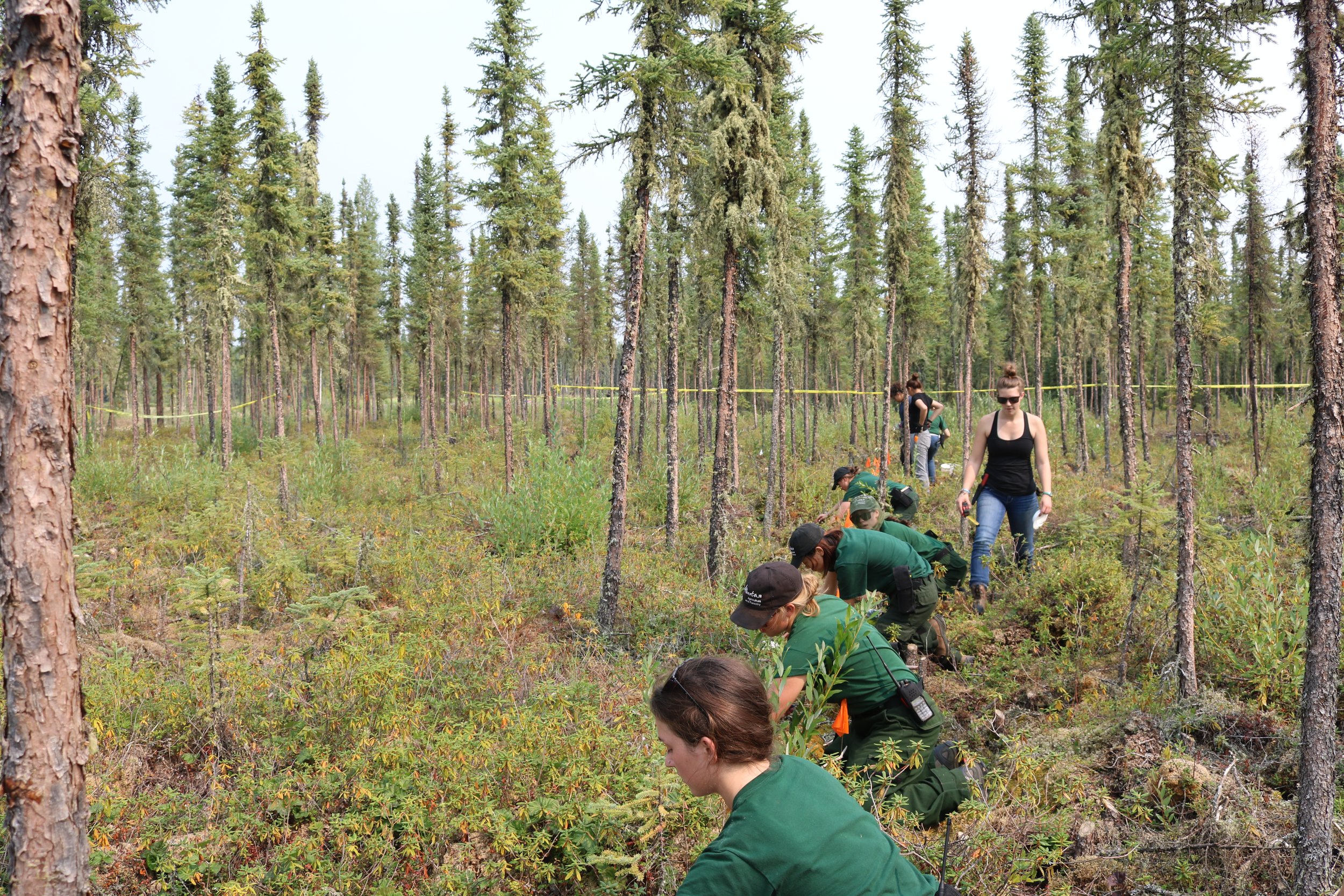
Understanding the drivers, impacts, and future of fire in natural and managed ecosystems
Untangling the complexities of wildfire by combining applied ecology, hydrology, micrometeorology, climate and wildfire science.
The Fire and Ecosystems Research Lab in the School of Resource and Environmental Management at Simon Fraser University, Burnaby, Canada, is dedicated to providing a safe and welcoming community for undergraduate, graduate and post-graduate researchers to develop new skills, grow networks and contribute to science and management of fire-impacted ecosystems.
Research Themes
Northern peatland wildfire drivers and impacts
Peatlands are being increasingly impacted by wildfire across the northern hemisphere due to a combination of climate change and other anthropogenic disturbances - but how are they affected? How quickly do they recover? Will they continue to bounce back and provide the same ecosystem services? We use a combination of unburned and post-fire field measurements, GIS analyses, and numerical and simulation modelling to answer these questions.
Peatland wildfire management and the wildland-human interface
Wildfires affect people as well as ecosystems. Peatlands at the interface of industry, infrastructure, or communities can pose a fire risk and management may be required to limit potential fire behaviour. Our 200 ha testing ground provides opportunity for field-scale experiments and monitoring. In 2018, 10 ha of FireSmart fuel modification treatments were conducted in a black spruce stand and in 2019 an experimental crown fire was conducted on a 3 ha section. We’re now focussing on the recovery of these burned and treated areas and what this means for future fire risk.
1 MRM position and 1 PhD available with optional fieldwork in Alberta.
Fire risk, behaviour, and management in disturbed forests
Canada’s forests are shaped by disturbance, with millions of hectares affected by insect outbreak, disease, and fire each year. How do the interactions of different disturbances affect wildfire behaviour? Will compound disturbances lead to regime shifts or reduced biodiversity? What management actions provide the best solutions for ecology, public safety, and the economy? These large-scale and complex questions require GIS and remote sensing data analyses coupled with stand-level fire ecology and fire behaviour modelling.
1 MRM available with fieldwork in either managed forests (BC/central AB) or mountain pine beetle stands (BC/Jasper AB)
Fire impacts and recovery in novel fuel types
Disturbance interactions can produce novel fuel types. Expanded insect ranges affecting unprecedented ecosystems, more severe drought exposing , or new resource/wildfire management practices (pictured), wildfire is being experienced in a variety of novel fuel types. The outcomes of the interactions of wildfire with these fuels is poorly understood and will only become more pertinent under more frequent extreme fire weather and extended fire seasons caused by climate change. A combination of field observations, modelling, and spatial analyses is required to tackle such complex issues.



